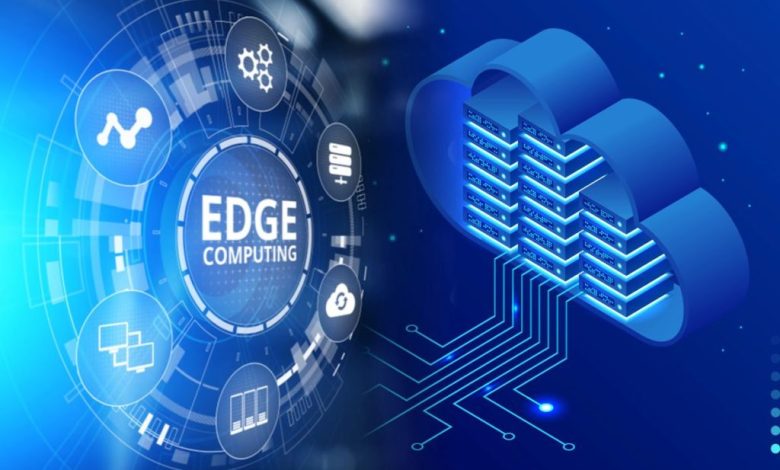How Edge Computing is Changing the Scenario of the Retail Stores

The retail industry is transforming just like other industries. Today’s modern retailers are much more advanced, with a thoughtful reliance on automation and IoT for inventory management, customer service & logistics, and more. On top of it, cameras and sensors enhance the customer experience. Herein, technology is truly the center and front of this retail transformation that differentiates modern stores from traditional ones.
However, edge technology helps generate plentiful data (for retailers to enhance their services and streamline their customer services) in the form of video streams and sensor data which is not easy to send to the Cloud for real-time analysis. It requires high bandwidth to move heavy data and low latency for quick data processing and decision-making, especially when AI is involved.
That is where edge computing and native applications come into the picture. They enable data processing closer to the data source, in this case, retail stores. When edge computing and 5G communication networks are combined, they allow retailers to deploy high-performing edge native applications at a reasonable cost.
What is Edge Computing?
Edge is a distributed computing model where the processing is done at the same place or nearest to the source of the data where it is generated (at the edge). It results in low latency and faster data processing, unlike cloud computing. It means data from IoT devices gets quickly collected by edge computing infrastructure. Edge computing is something that can help retailers to bring value to their customers and business.
How Edge Computing Helps Retail Industry
High Operational Efficiency:
Adopting Edge computing can do wonders in the retail industry. It helps retailers maximize the true potential of IoT devices and the large amount of data they can transmit in real-time.
Moreover, edge computing helps artificial intelligence and machine learning applications improve the efficiency of their operational processes and decision-making.
Further, through IoT, edge native applications can directly communicate with customers. It can help customers prepare their shopping lists anywhere. When they physically visit the store, they can quickly pick up the chosen items in the shortest time.
On the other hand, retailers can deploy sensors around the store to detect foot traffic for better storage space management.
Fosters Unique Customer Experience:
While traditional physical and e-commerce stores are the preferred shopping modes, edge computing takes shopping to the next level. It offers customers a unique experience when they physically visit a store.
Data generated from IoT devices help retailers plan unique customer experiences. For instance, imagine you search for a garment online on your phone and then visit the physical store to cross-check the price. In this case, edge computing can communicate through your phone to know what you are looking for, and the retail store can offer you a promotional price on your chosen garment.
Moreover, retail stores can install AR mirrors to help you try on a garment without putting it on and select the one that best suits you.
Helps Identify Customer Trends
Edge computing can help retailers identify customer trends based on the customer’s online and in-store purchasing behavior. More so, it helps retailers identify trends based on seasons through marketing and customers’ purchasing patterns.
In the case of edge computing, the data from IoT devices can help personalize customers internationally. They can identify purchasing patterns that can help streamline the internal process, like warehouse management.
Retailers can plan with the help of data indicating purchasing trends. They can plan successful marketing strategies and design personalized emails, which help stir customer interest and drive more sales.
Promotes Security and Compliance:
While retail stores use the power of IoT devices to deliver the best products and services to their customers, they pose some security risks owing to interconnectivity.
If a customer wants to experience your products and services, they have to access the network, or you can have your own gadgets that help customers when they visit your shop. But in both cases, security is at risk because the customers are accessing the data from your IT infrastructure.
But the good thing about edge computing is that the edge infrastructure is near the source, which enables you to readily deploy, monitor and maintain security measures to mitigate interconnectivity risk.
On the other hand, retailers can also install security cameras integrated with edge computers to enable faster and real-time security monitoring. Alongside this, there are many ways in which edge computing helps retailers manage security within their operations.
Wrapping Up:
The future of the retail industry with the support of edge computing is promising.
Retailers now have the power to boost their scalability through reliable, low-latency edge & cloud applications. You can now have a fully automated retail setup from inventory, supply, and store management to everything else. So, what are you waiting for? Get ready to get an edge by transforming to modern retail through edge computing.


